Breaking the Indica–Sativa Myth continues.
In this episode, we travel to Southeast Asia to uncover the truth about the Thai landraces, towering equatorial cultivars that became the blueprint for what the West calls sativa.
Often remembered internationally through the export form known as Thai Stick, these plants weren’t a single standardized strain. They were regional phenotypes, from the earthy northern cultivars of Chiang Mai to the fruity coastal expressions in the south, stabilized over centuries by farmers who grew cannabis not for hype, but for food, medicine, ritual, and community.
We’ll explore:
The origins of Thai landraces and the cultural story of Thai Stick exports.
Their chemistry: THC dominance guided by terpinolene, ocimene, limonene, and pinene.
The experience: long, lucid highs that lasted hours, shaping how consumers understood “sativa.”
And the mischaracterization: how Western breeding and retail collapsed this diversity into a simple label, daytime weed.
The truth is more complex. Thai landraces show why the sativa label is just as flawed as indica, and why terpene literacy is the future of cannabis education.
👉 Subscribe and share to keep cannabis knowledge free, accurate, and empowering.
This content is for educational purposes only. It is not medical advice, and no claims are being made regarding treatment, diagnosis, or cure. Always follow your local laws and regulations when purchasing, possessing, or consuming cannabis.
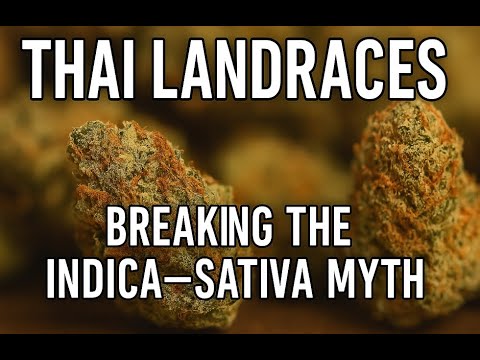
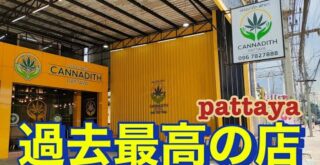


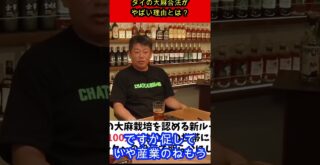
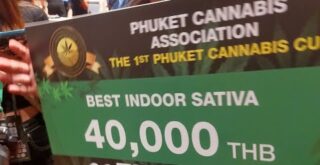

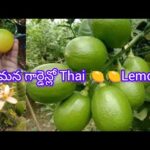

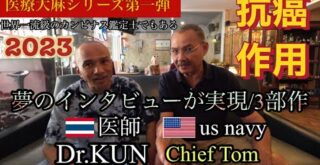



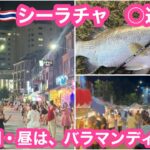
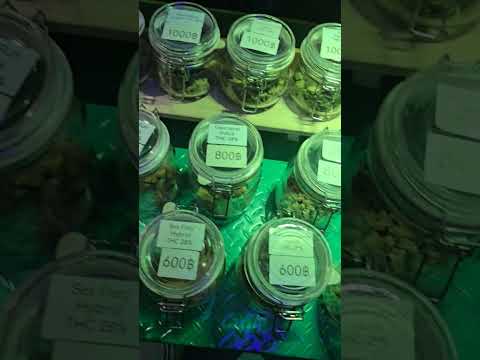




Lol landraaasses